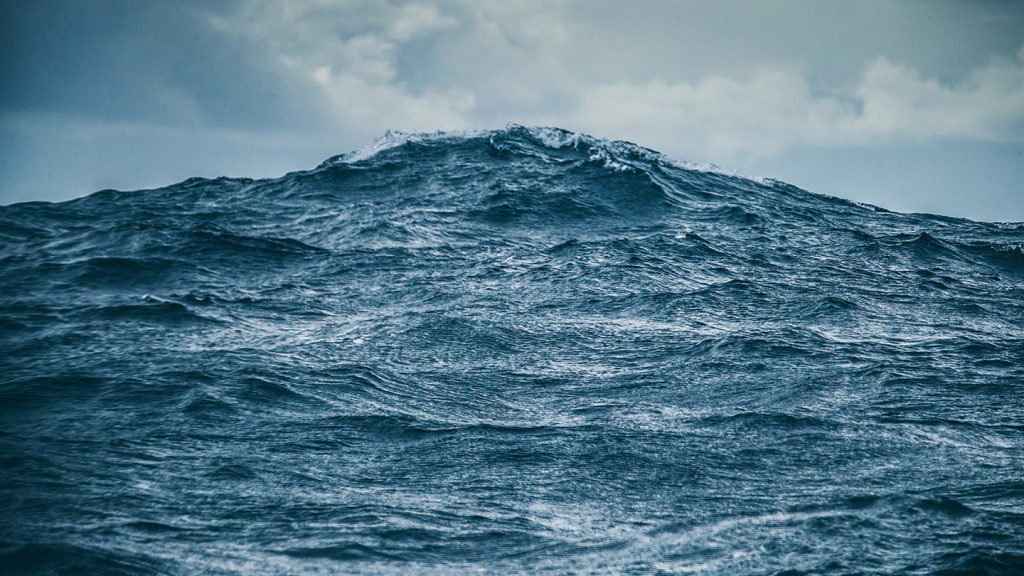Rogue waves, known for their unexpected and large size, can now be predicted up to five minutes in advance thanks to a new artificial intelligence model developed by mechanical engineers Thomas Breunung and Balakumar Balachandran from the University of Maryland. These waves, which can be more than twice as high as surrounding waves, have caused significant damage and even fatalities in the past. The AI model can forecast most of these rogue waves by analyzing patterns that precede their occurrence, potentially saving lives and preventing accidents at sea.
The AI program was trained using 16 million data points gathered at half-hour intervals from a network of 172 ocean buoys. Through this data, the program learned to differentiate wave patterns associated with rogue waves and predicted the arrival of these waves at a 75% accuracy rate one minute in advance. Extending the prediction time to five minutes increased the accuracy to around 70%, demonstrating the effectiveness of the model in anticipating rogue waves in advance.
One of the notable aspects of this AI model is its ability to predict rogue waves at locations where it has not received training data. This flexibility allows for the quick deployment and use of the program in new areas without the need for additional training. Breunung suggests that by utilizing more robust AI architectures and expanding the dataset, the prediction rates could potentially be improved even further, potentially achieving a perfect prediction rate of rogue waves. The ongoing development of AI in ocean forecasting holds promise for improved safety at sea and better preparedness for extreme wave events.
The potential applications of this AI model extend beyond predicting rogue waves and could have broader implications in ocean forecasting and safety measures. By leveraging advanced AI technologies and large datasets, researchers can develop more accurate prediction models for various oceanic phenomena, enhancing the understanding of complex ocean dynamics and improving maritime safety for ships and beachgoers. The combination of AI and ocean buoy data represents a valuable tool for predicting extreme events and mitigating risks associated with sudden and unexpected phenomena in marine environments.
The development of AI models for rogue wave prediction underscores the growing importance of artificial intelligence in advancing scientific research and enhancing safety measures in various fields. By harnessing the power of AI and big data analytics, researchers can make significant strides in predicting and mitigating natural disasters, improving decision-making processes, and safeguarding lives and assets. The successful application of AI in predicting rogue waves serves as a testament to the potential of technology in addressing complex challenges and optimizing risk management strategies in marine environments.
As science journalism continues to play a crucial role in disseminating important research findings and increasing scientific literacy, supporting organizations like Science News is vital in ensuring the public stays informed and engaged with cutting-edge developments. By subscribing to Science News and contributing to their initiatives, individuals can help strengthen scientific literacy, promote evidence-based decision-making, and support the advancement of knowledge and innovation in various scientific fields. With ongoing support and engagement, science journalism can continue to inspire curiosity, drive progress, and shape a more informed and scientifically literate society.


